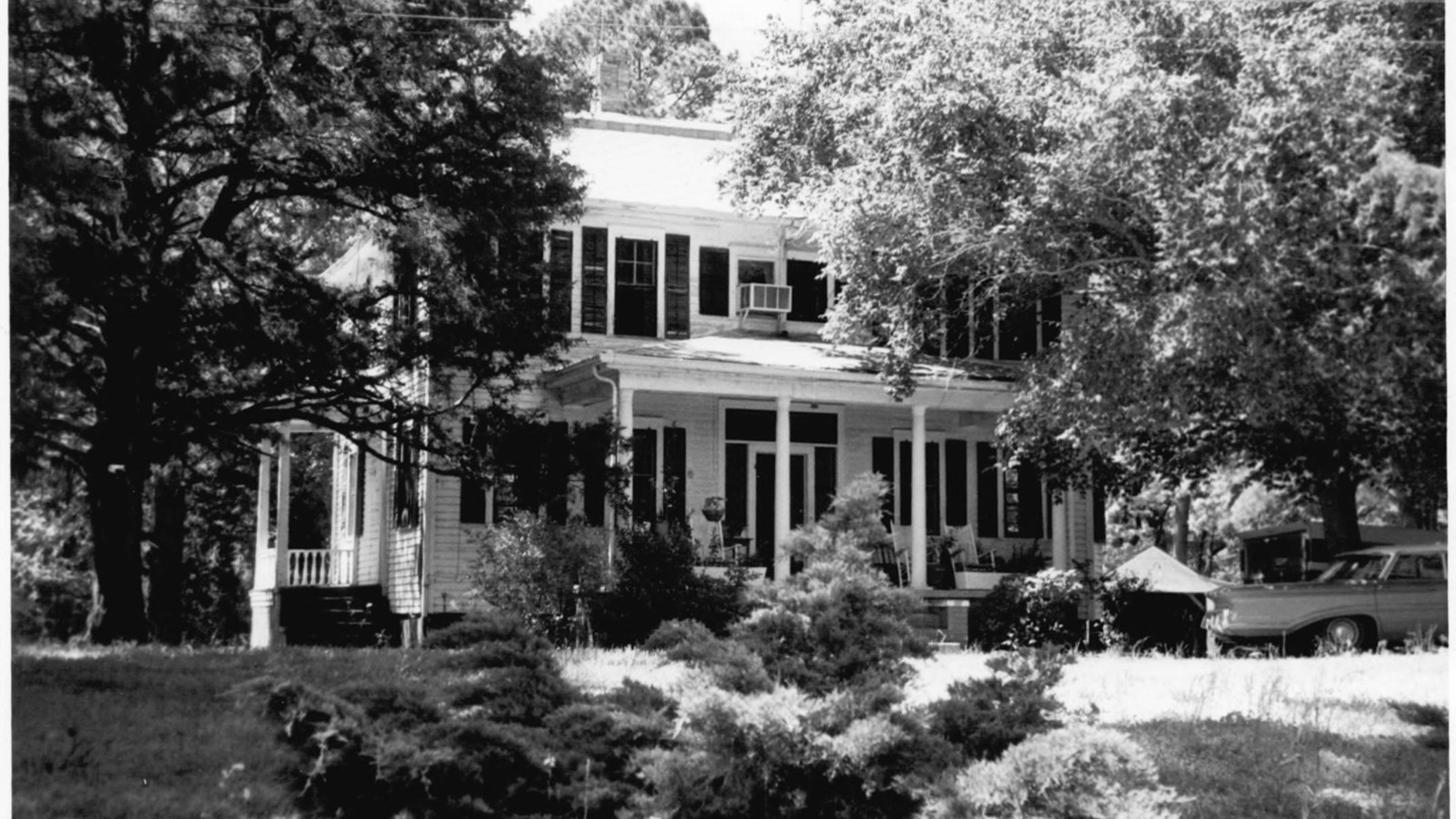Last updated: July 28, 2025
Place
The Calhoun School

The Calhoun School was a significant institution in the history of Black education in the South. Founded with the assistance of Booker T. Washington, the school served as a beacon of hope and opportunity for African Americans in a time when educational access was severely limited by segregation and poverty.
Booker T. Washington, a prominent advocate for vocational education, convinced a local White man, N.J. Bell, to donate ten acres of land to the Calhoun community for the founding of the school. Washington’s ability to navigate relationships with White philanthropists and connected locals was crucial in the founding of Calhoun School. He also persuaded two White teachers from the Hampton Institute, a historically Black college in Virginia, to serve as co-principals. Miss Charlotte Thorn, and Miss Mabel Dillingham’s involvement lent the school a certain credibility and commitment to quality education.
There was a gathering at the old Ramah Church, which was isolated with no road, in which people had to walk or travel by mule driven wagons, to listen to the two women speak. At this gathering, they told the community what was to be expected of the quality of education at the Calhoun school.
When Calhoun School opened its doors, 300 students enrolled in its first year—a testament to the overwhelming desire for education among African American families in Lowndes County. The school quickly became known for its superior facilities, which were markedly better than the local public schools for Black children. Philanthropic groups, eager to support Washington’s vision, helped cover the tuition costs for many students, ensuring that the school was accessible to those who might otherwise be unable to afford it.
Following Washington’s philosophy, the curriculum at Calhoun School focused on practical, vocational skills aimed at teaching students how to make a life and survive in the racially hostile environment of the Jim Crow South. The school emphasized agriculture, domestic work, and other trades, providing students with the tools they needed to navigate life in rural Lowndes County.
There were eight elementary grades, and one secondary grade, as well as night school for those who worked during the day. Students above fourth grade would have manual training, taking trade classes such as shoe repair, blacksmithing, and carpentry where they would build new buildings for the school grounds and community. Younger children in second grade would learn sewing, and as students got older they would learn cooking, as well as other tasks once they reached higher grade levels.
Today, the modern Calhoun High School sits on the property, but the Principal's House still exists on the land and is on the National Register of Historic Places.
